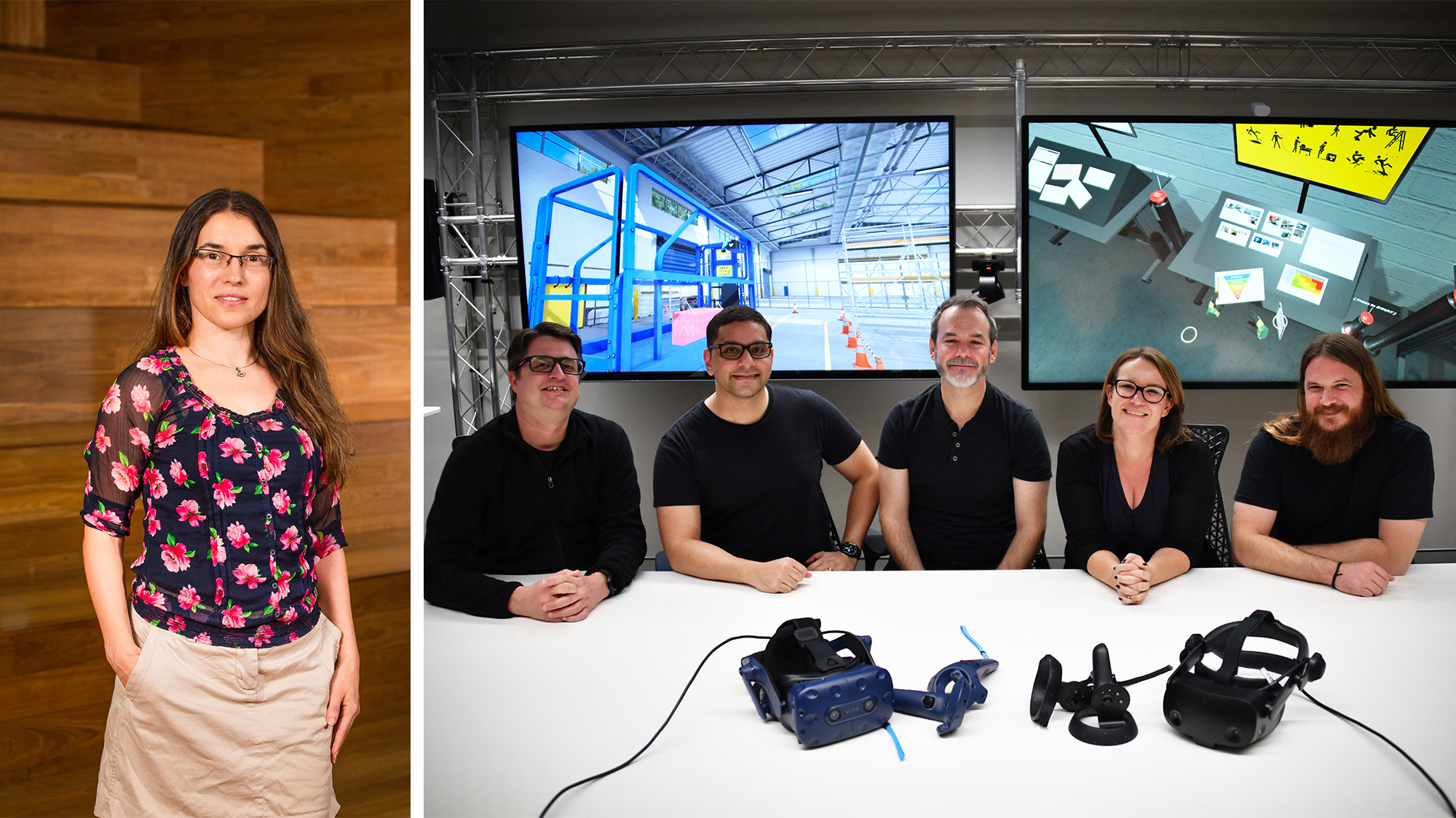New tech-advanced training methods for construction workers have been tested in an Australia-first study into the effectiveness of training delivered using virtual reality.
The involved a partnership of leading researchers from QUT, Construction Skills Queensland (CSQ) and Next World Enterprise, with support from several registered training operators.
It is the first study in Australia to assess the effectiveness of construction training delivered via VR as compared to conventional (face-to-face) training methods.
Researchers tested the outcomes from a ‘Working safely at heights’ course delivered via a custom-built VR simulation and compared these with the same training delivered via traditional means.

The study showed VR training outcomes were comparable with traditional training for most questions when tested directly after training, with traditional training moderately more effective.
However, at a re-test after one month, retained learnings through VR were comparable with retained learnings from face-to-face training.
Construction Skills Queensland (CSQ) CEO Brett Schimming said the study suggests VR may present a viable additional delivery method in future construction training.
“Technological advances are changing the face of all industries, and construction is no different – CSQ is interested in understanding how these changes may flow through – both to new skill requirements and new approaches to the delivery of training,” Mr Schimming said.
“The outcomes of the study provide an interesting case for training providers to further investigate emerging training technologies – CSQ will be keenly watching the commercial response to the research from here.
“Safety will remain paramount in all construction training conversations including considering the introduction of VR into the current training industry,” he said.
Lead QUT researcher said the study returned some interesting insights about VR training in a construction setting as it did not rely on previous experience with VR.
Around 60 per cent of the VR trainees had never used the technology before but this VR experience provided them with a safe environment to learn in their own time,” she said.
They could practise skills as many times as they liked before progressing to the next stage.”
“It is a really exciting area to be researching as not all VR training environments are the same.”
Assoc Professor Thompson said an exciting outcome included the establishment of guidelines to help people start VR environments that could be effective in training and skills development.
Michael O’Reilly, a behavioural scientist and founder of VR training company Next World, has seen a rapid take up of VR for workplace training in recent years. With application across all industries and international markets.
“The real beauty of VR is that we can put people into simulated unsafe situations, in order to help them understand why the safety standards exist, but we can do so safely. That creates a level of comprehension and emotional connection that leads to positive behavioural change,” he said.
“One significant implication of this study is that we can reduce learning duration with the addition of VR, without compromising learning outcomes. That is a game changer!”
“Workplace training is increasingly blended, and VR is taking its place alongside the other modes, while increasingly being seen as a preferred option because of its power in learning outcome generation,” he concluded.
CSQ is not new to the use of VR in an education setting – it currently runs a popular program in schools giving students an interactive VR experience of a construction worksite.
“The use of VR has proven to be a successful vehicle for us an engagement tool where our goal is to pique the interest of students in learning more about construction careers,” Mr Schimming said.








